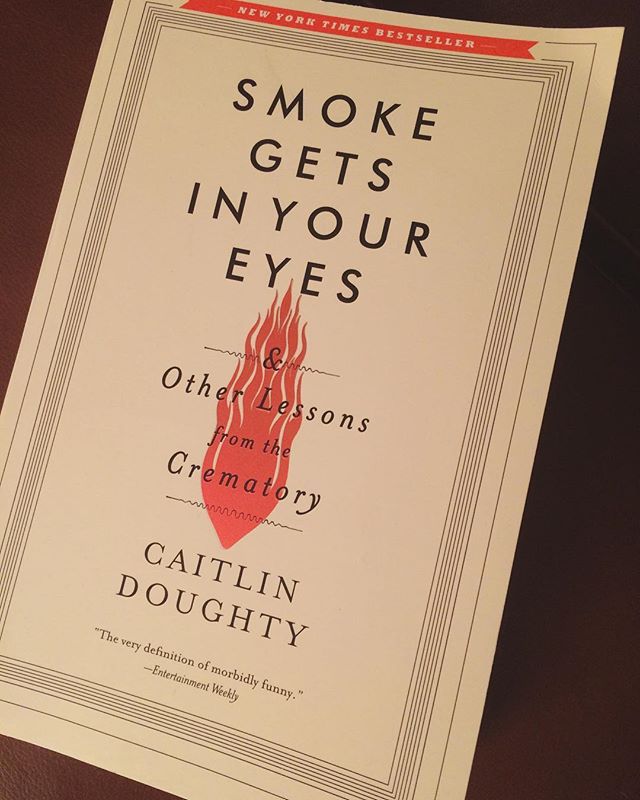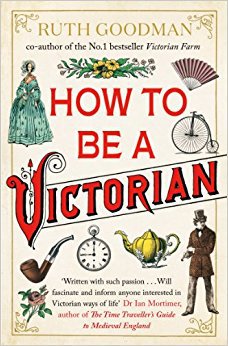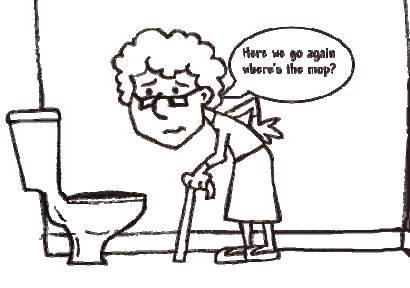Download links for: One World Schoolhouse: Education Reimagined


Reviews (see all)
Write review
I've been a huge fan of Salman Khan and his Academy since I first heard of it several years ago. He's got some bold ideas here. I enjoyed reading about the evolution of the Khan Academy, but would have loved to hear more details about the rationale behind particular changes they've made in the website's design. For example, I would have loved to hear some of the statistical data behind how many correct consecutive questions can confidently indicate mastery. I'm a high school language teacher, and I want to see what the Khan Academy can do with skills in language arts. I think there are quite a few elements of language that, like math, are also skill-based and could be incorporated into such a model, but the idea does not come up in this book. He speaks much more about how things ought to change from the traditional school model most of us go through today. I hope I can be a part of some of these changes.
Call it idealistic, but I fully agree with much of what Khan outlines in this book. More than an exact solution to a problem, but a call to shift school's role In society. His ideas are based on accountability and applied learning. He identifies the difference between being taught versus knowing how to learn. He questions the age old concept of age based grade level grouping, and our avoidance of mastery. Who would build a house on 75% of a foundation? Yet we justify that as passing to keep the model of school efficient. He highlights the value of failure as learning! We devalue individual learning, inquiry, and passion in millions of classrooms around the world daily. Khan challenges all this with ideas that could work; teachers, let's experiment more!
interesting ideas that provoke thought and the question "WHY NOT?"
It was mindblowing for me.
Interesting
Other books by Memoir & Autobiography
Other books by Salman Khan
Related articles













